The Impact of pH on Drinking Water Quality
2023-08-03
Water is a fundamental resource for all life on Earth, and access to clean and safe drinking water is crucial for maintaining human health and well-being. One of the critical factors that influence the quality of drinking water is its pH level. pH is a measure of how acidic or alkaline a substance is and is expressed on a scale ranging from 0 to 14, with 7 considered neutral.
We explore how pH affects drinking water quality and its potential implications for human consumption.
Effects of Low pH (Acidic Water)
When drinking water has a low pH, it becomes acidic. Acidic water can be a result of natural factors, such as acidic minerals in the surrounding environment, or human activities like acid rain and industrial discharges. The consequences of consuming acidic water can be detrimental to human health. Low pH water can corrode plumbing systems, leaching harmful metals like lead and copper into the drinking water, posing serious health risks. Additionally, acidic water may result in an unpleasant taste and cause digestive discomfort.
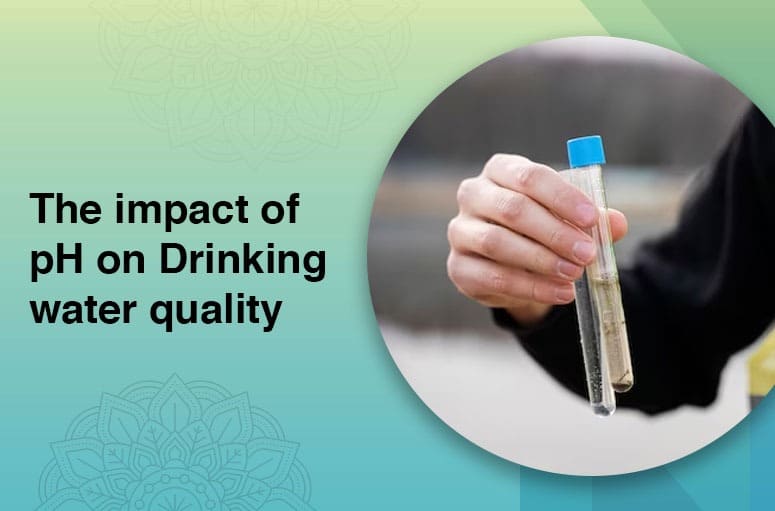
Effects of High pH (Alkaline Water)
Conversely, high pH levels indicate alkaline water. While alkaline water is generally considered less harmful than acidic water, extremely high pH levels can have negative effects. Alkaline water may have a bitter taste and can cause mineral build up in pipes and appliances, leading to decreased efficiency and increased maintenance costs. Furthermore, excessively alkaline water may reduce the effectiveness of chlorine disinfection, potentially compromising the safety of drinking water by allowing harmful microorganisms to persist.
Ideal pH for Drinking Water
The ideal pH for drinking water is slightly alkaline, typically ranging from 7.5 to 8.5. Within this range, water tends to taste better and is less likely to cause corrosion or mineral deposits. Additionally, water with a slightly alkaline pH is more compatible with the body's natural pH, promoting better hydration and overall well-being.

Water Treatment and pH Adjustment
Water treatment processes play a crucial role in ensuring the pH of drinking water falls within an acceptable range. Water utilities monitor and adjust the pH as part of the water treatment process. Substances like calcium carbonate or soda ash are often added to raise the pH of acidic water, while the addition of carbon dioxide or other acids can lower the pH of alkaline water.
The pH of drinking water is a significant factor affecting its quality and safety for human consumption. Acidic water can lead to harmful metal leaching and corrosion, while highly alkaline water can cause taste issues and hinder disinfection processes. Striking the right balance with a slightly alkaline pH is essential for maintaining optimal water quality.
Regular water quality testing and appropriate treatment measures by water utilities are vital in ensuring access to clean and safe drinking water for everyone. As consumers, being aware of the pH levels in our water sources empowers us to take necessary steps to safeguard our health and well-being.

The Role of Alkaline Water in Digestion: Why Switch to iLiv Alkaline Machine?
2025-01-06

How does Alkaline water help balance pH levels in the body?
2025-01-06
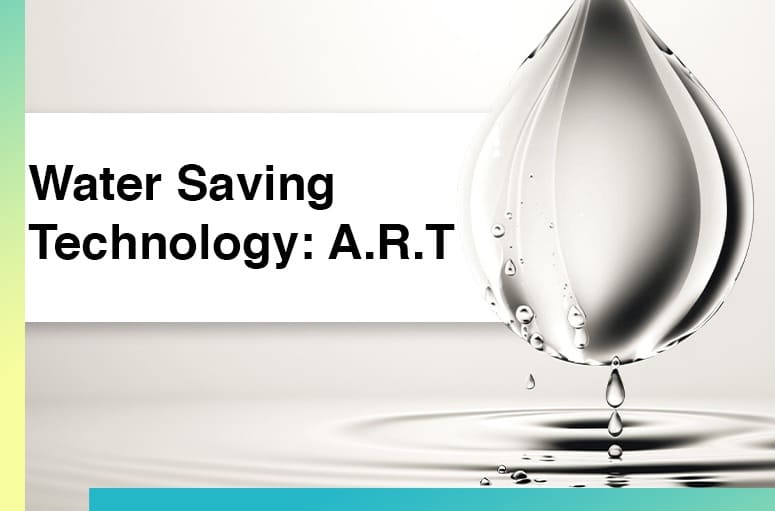
Water-Saving Technology: Aqua Reverse Technology (A.R.T)
2023-12-19

Should Athletes Drink Alkaline Water?
2023-12-19

What are the effects of hydrogen-alkaline water on your body?
2023-12-19
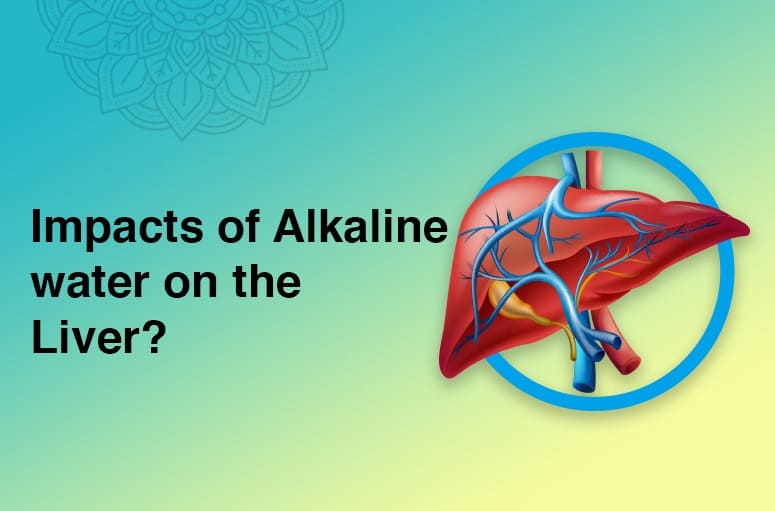
Impacts of Alkaline water on the Liver
2023-12-19
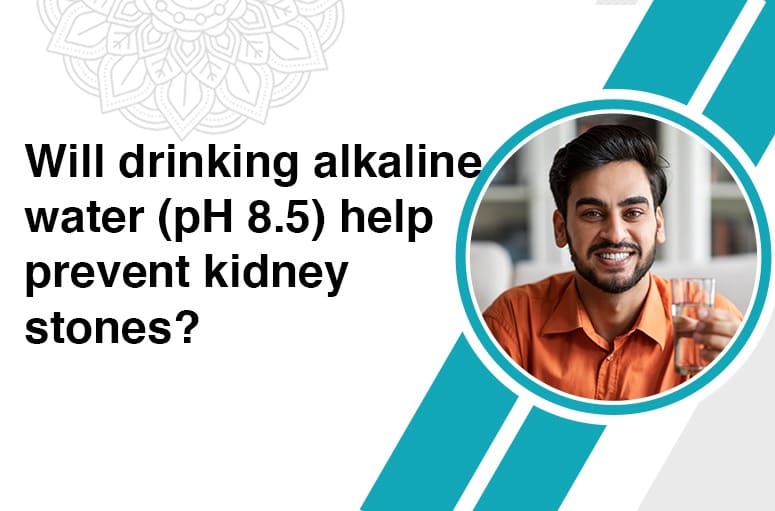
Will Alkaline Water (pH 8.5) help prevent kidney stones?
2023-12-19
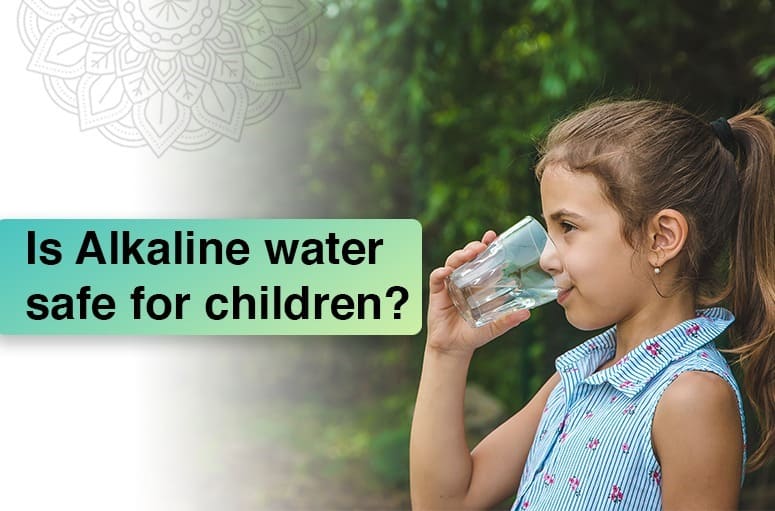
Is Alkaline Water Safe for Children?
2023-12-14
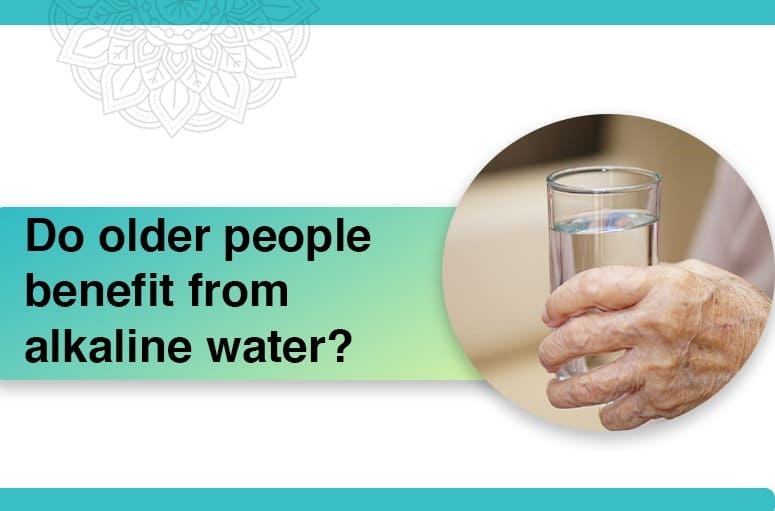
Do Older People Benefit from Alkaline Water?
2023-12-14

What benefits do we get from drinking alkaline water over normal water?
2023-12-11